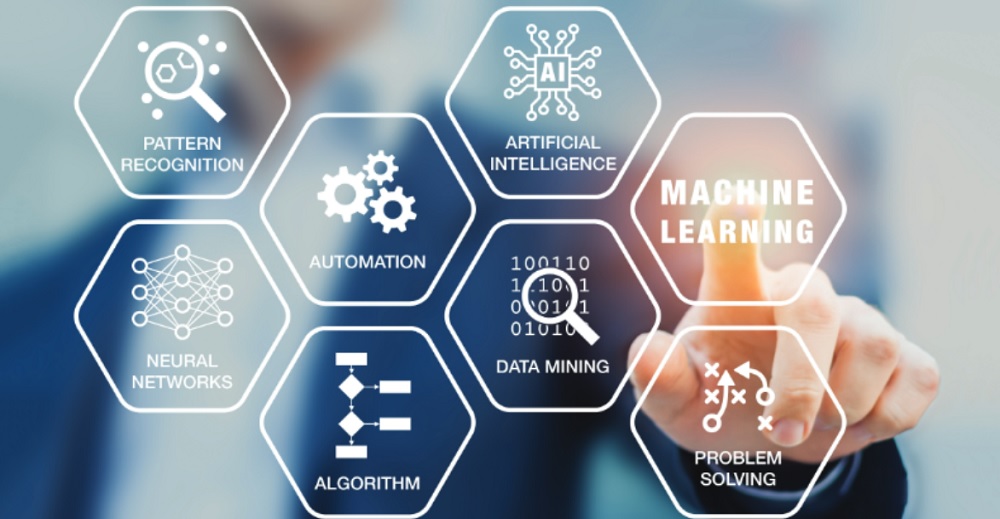Artificial intelligence (AI) is one of the biggest buzz terms of 2019. While it might conjure images of science fiction and fears of the unknown, access control integrators need to know there is nothing to fear and everything to gain.
But how can any security practitioner start using a technology that feels unknown in both capabilities and potential like access control AI?
To start, you need clarity on what’s possible along with a few modern-day use cases to introduce it to clients. Next time AI comes up in conversation, consider the following use cases where AI helps to significantly enhance security and life safety.
Today, we see the emergence of risk-adaptive technology based on access control AI and new levels of interoperability.
When applied to access, risk can be based on multiple criteria and access permissions can be adjusted as situations or individuals change. A risk-adaptive, intelligent access control system can monitor key data points, activity and risk levels for an individual or facility.
Risk-adaptive access in action
An employee may have authorized access to a specific location, but there may be a reason at that particular moment the employee should not enter.
There might be a safety threat and the risk-adaptive access control system would recognize this and prevent him or her from entering. [related]
Consider some of the high-risk situations and what could occur if an unsuspecting person entered an area of risk.
In critical infrastructure facilities, for example, there is always higher than average risk. Chemical spills, radioactivity, fire and other incidents are dangerous examples to name a few. Those are relatively obvious risks and even legacy access control systems can provide some rudimentary measures to seal off areas of concern.
However, without added intelligence and insight capabilities such as risk scoring and AI to identify these risks, the current access control systems cannot adjust based on rising or sudden threats.
Further, by fusing access control AI with any system — certification management, tenant management, IoT sensors, video analytics — any entrance can become risk-adaptive and proactively secure.
The risk landscape has shifted
Threats now come in different shapes from all directions at the same time, making collaboration with the right people at the right time increasingly difficult.
AI-powered emergency management is a tool that helps distill intelligence from Big Data, providing real-time decision support to operators and first-responders. This means organizations can collaborate better and mitigate faster when seconds matter most.
In combination with a geospatial tool, AI-powered emergency management can immediately identify people, buildings or assets at risk based on the severity, type and location of the threat.
This awareness can be combined with live video feeds of a facility and other forms of intelligent insights to improve the time and quality of any first response.
Emergency response in action
Security around active shooter situations require a high level of collaboration — across data siloes as well as organizations.
In the case of an emergency lockdown situation at a campus, first responders with proper identification and smart device can gain access to a building door or even be allowed to access the video surveillance system to see inside the building before entering.
Today, with legacy access control systems, the first responder would be locked out and unable to quickly get eyes on the situation.
Further, through integration with ballistic detection, social media, web feeds, mass notification and GPS, AI can quickly compile evidence and forensic records and actionable guidance for first-responders to further boost visibility and minimize the overall impact of the incident.
Don’t let fear of the unknown keep you in the past. Be aware that there are real-world applications with tools available today.
Most importantly, these tools don’t require a whole new way of thinking. Provide your clients with tools that help harness the power of AI to transform any security posture into an intelligent security posture.










